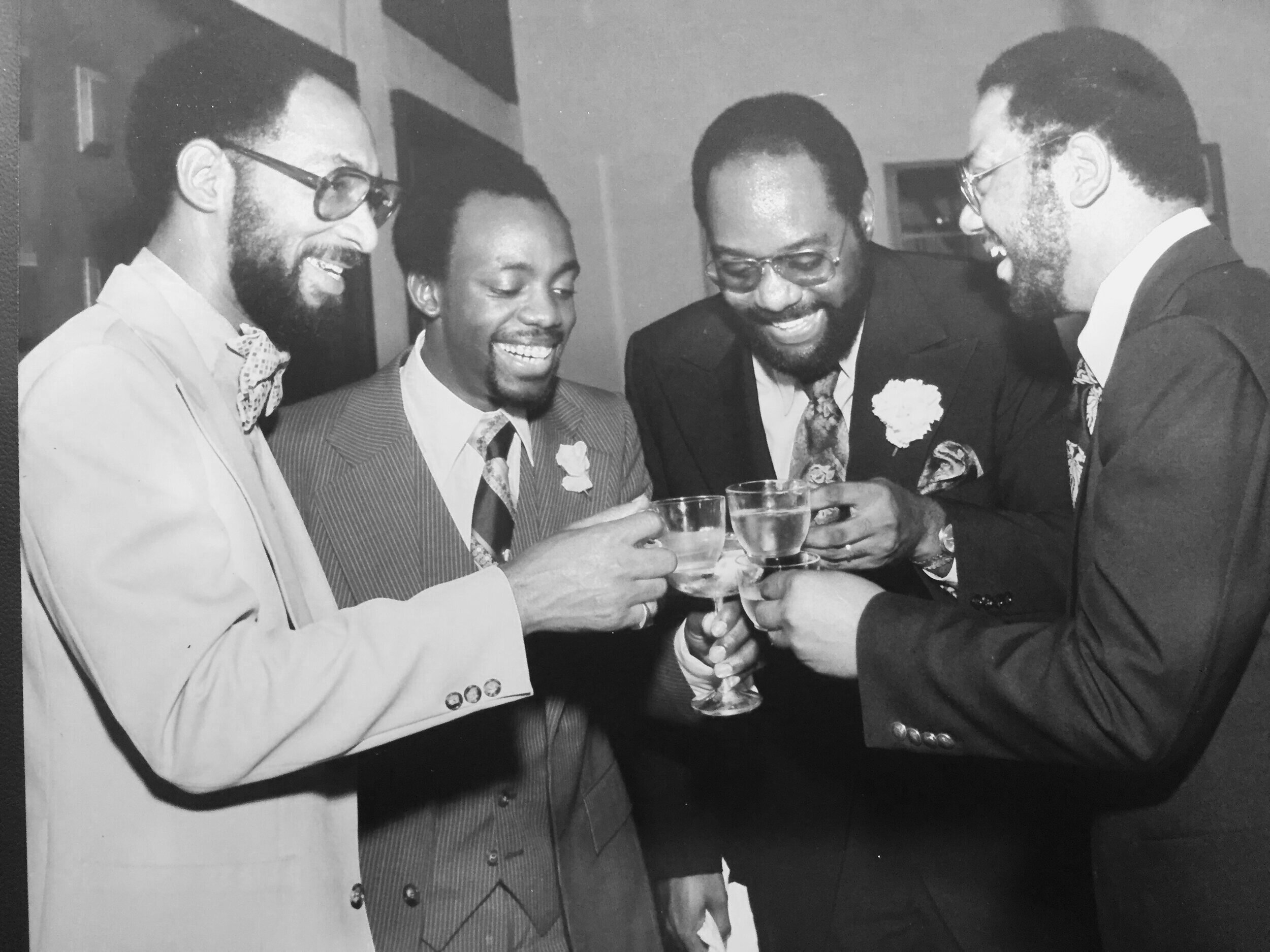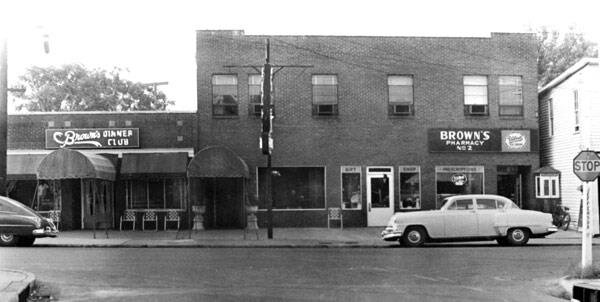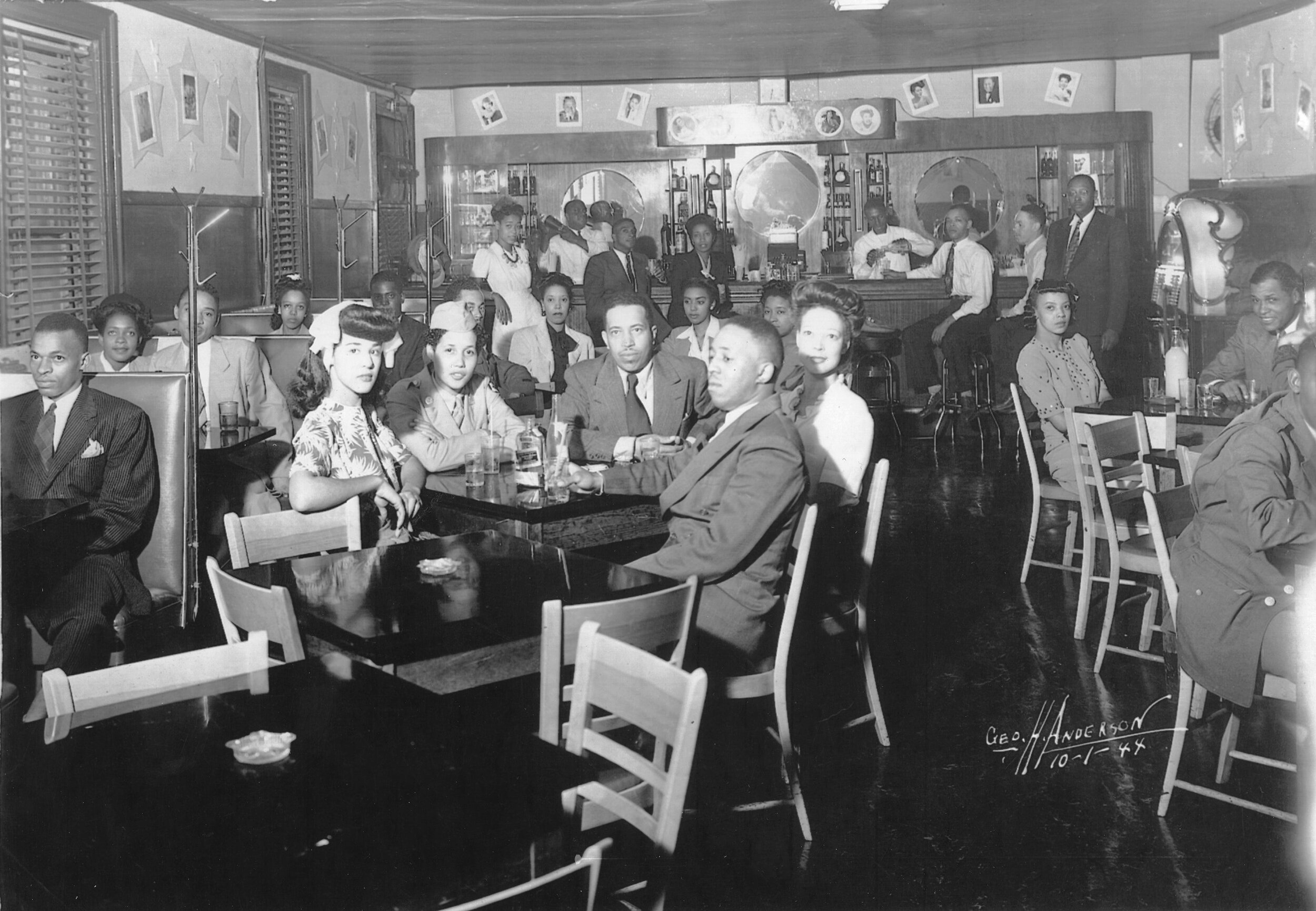
Golden Age of Jefferson Street
Retail, restaurants, pharmacies, funeral homes and churches were opening on Jefferson. You could be born, marry, raise your family, and be buried without ever leaving your Jefferson Street neighborhood. Prominent businesses along the street were K. Gardner’s Funeral Home, Isom’s Beauty Shop, William Hawkins North Side Ice Cream Company, William Hemphill’s Press, Terrance Restaurant, Jefferson Street Pharmacy, Menefee and Bauer Tire and Battery Service, I.E. Green Grocery Company, Terry’s Pharmacy, and Frank White’s Cleaners. By 1930, Crowders, the first barbershop for blacks, opened on Jefferson Street. In the mid 1930s Meharry Medical College moved to its new campus across from Fisk University.
Meharry Cancer Treatment, 1941. The 23 blocks from Fifth Avenue North to Twenty-eighth Avenue North also contained some of the oldest Church Congregations as well as Engine Company No. 11, the first African-American firehall in the country, which served as a local gathering spot for Jefferson residents. Jefferson was alive with the smells of home-cooked food, the clang of the trolley and music coming from the small hole-in-the-wall clubs, supper clubs, dance halls and jazzy night spots, beer joints and pool rooms. There were first-run movies at the beautiful Ritz and small barbeque joints and elegant supper clubs everywhere.
The Golden Age of Jefferson. Many long-time Nashvillians consider 1935 – 1965 the Golden Age of Jefferson Street. Anybody who wanted to see and be seen was out and about on Jefferson. Show business headliners stopped in Nashville to try their acts. The Silver Streak, the great off-Jefferson St. ballroom booked such big names as Duke Ellington, Cab Calloway, Count Basie, and Ella Fitzgerald. Duke Ellington performed on Jefferson Street. Members of the old Negro Baseball League and recording artists such as Little Richard, Ruth Brown, Nat King Cole, Duke Ellington and Ella Fitzgerald were staying at the elegant Brown’s Hotel and playing the famous Blue Room at Del Morocco, owned by “Uncle” Teddy Acklen. To learn more about the historic days of Jefferson Street, call our office today and book a tour or visit our museum every Saturday--we open at 11:00am.
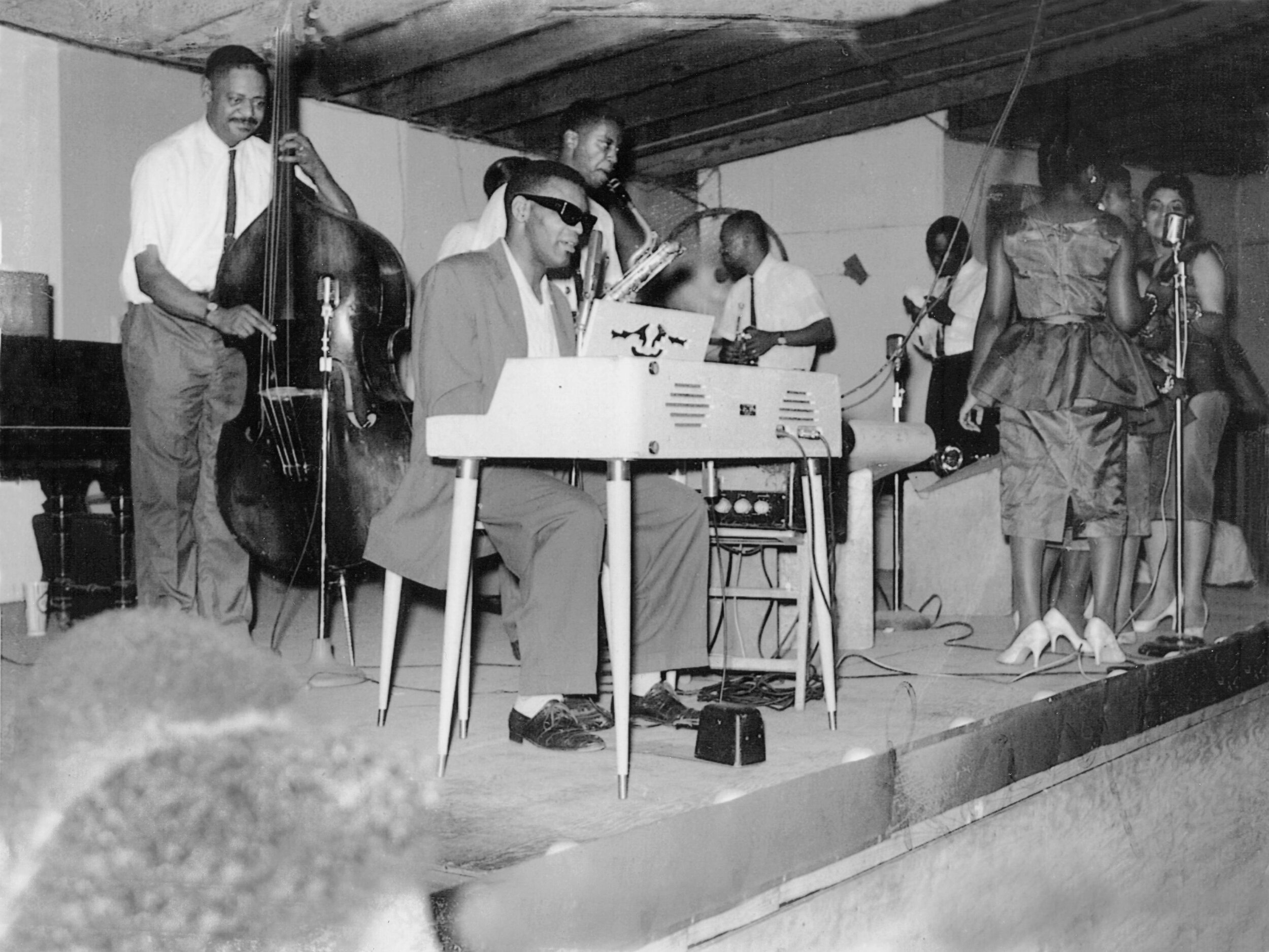
The Culture
Nashville was "one of the hardest audiences in the South," claimed Jimi. "Everybody knows how to play a guitar. You walk down the street and people are sitting on their porch playing their guitars...That's where I learned to play, really, in Nashville."
The heart of historically black North Nashville and a community in which Nashville’s proud progress has often had a poisonous side. The local and federal government’s treatment of North Nashville for at least a century has ranged from neglect to outright racist hostility. Around 50 years ago, the construction of Interstate 40 displaced more than a thousand black residents, destroyed a business and cultural district on Jefferson Street that was thriving against all odds, and slashed across the neighborhood of the 37208 ZIP code, cutting it in half.
Art and culture from the African American community in North Nashville has been acknowledged as a tour worthy venture since back in 1869 when the Jubilee singers set on their first journey to raise funds for Fisk University. Since then, each generation has seen a different flagship movement that has been woven into the fabric of the North Nashville community and help immortalized the legacy of this community as a source for art and culture. Throughout the Harlem Renaissance we saw artistic scholars traveling between Fisk & Harlem such as Arna Bontemps, Charles S. Johnson, Nella Larson, Carl Van Vechten & James Weldon Johnson.T hrough the mid 1900s, our community witnessed the rise of Deford Bailey, Jimmy Church, Fats Domino, Aaron Douglas, Nikki Giovani, Etta James, Greg Ridley and more. The turn of the century turned major heads with the rise of art giants such as Marion James, Michael McBride, James Threalkill, Jamaal Sheats, The Wooten Brothers, and Carlton Wilkinson. Thus it was inevitable that the legacy would continue through the rise of a new era.
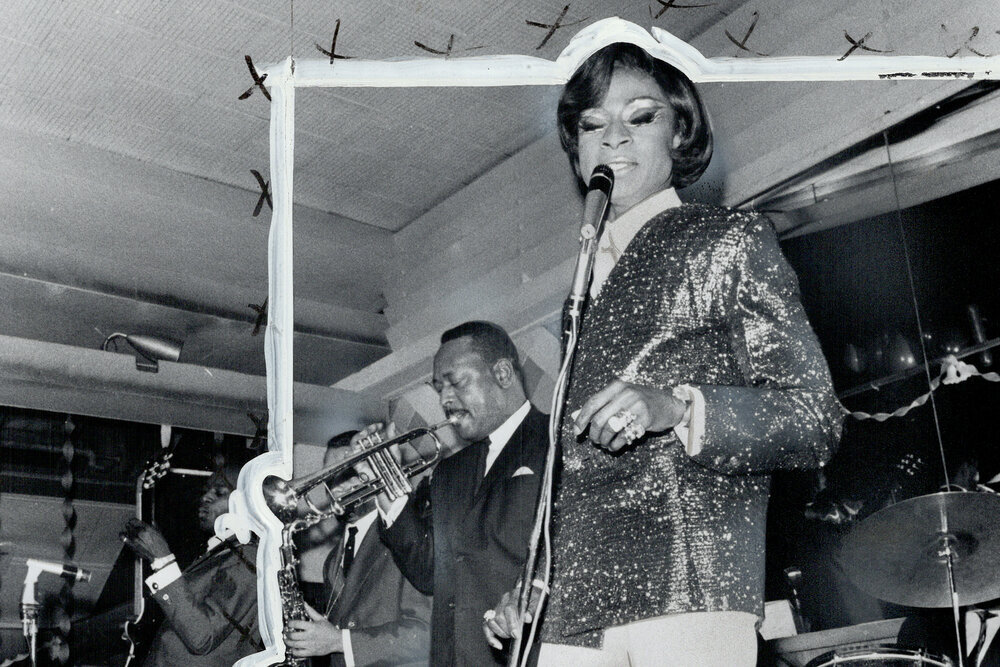
Chitlin’ Circuit
Jefferson Street became what was the launching pad to the “Chitlin’ Circuit” for many artists back in the day, which at the time was a circuit for African Americans wanting to play nationally. Live music venues lined Jefferson Street, giving many of these early performers in the clubs an opportunity. From the studio to the stage, blues and R & B became a low-key part of Nashville’s music history. Clubs like The Del Morocco where Hendrix cut his teeth on guitar strings, and the old Joyce's House of Glamour is where he lived in an upstairs apartment with Billy Cox, are also among the many stories of the "Glory Days" of music and entertainment on historic Jefferson Street. The old Jefferson Street scene is where the R&B nation played when many of them came to Nashville, including legends like Little Richard, Sam Cooke and Jackie Wilson. Visit the Jefferson Street Sound Museum to learn more about the impact of Jefferson Street on the history of Nashville as "Music City USA".





